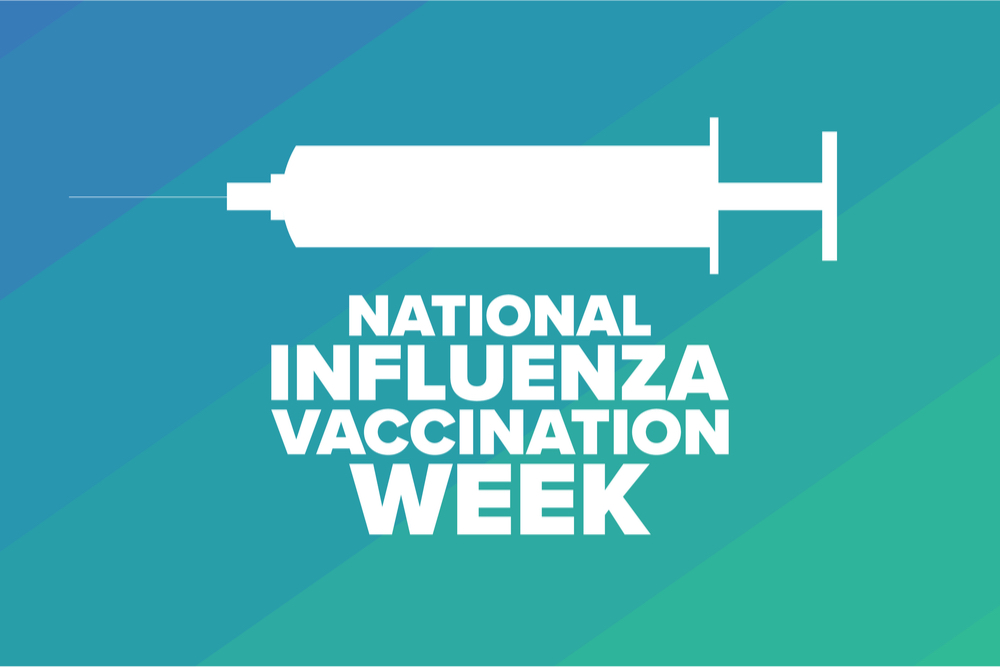By: Devin Pinaroc, MSN, FNP-C
Takeaways
- Regardless of age, sex, race, ethnicity, or current health fitness level, the more a person moves, the more benefits gained.
- Youths from ages 6 through 17 years are recommended to achieve a total of 60 minutes or more of moderate-to-vigorous-intensity physical activity each day.
- Adults should achieve at least 150 to 300 minutes of moderate-intensity aerobic physical activity or 75 to 150 minutes of vigorous-intensity aerobic physical activity per week to gain the optimal health benefits from exercise.
In 2018, the Department of Health and Human Services released the 2nd edition of Physical Activity Guidelines for America (PAG), outlining physical activity recommendations across specific age groups. Regardless of age, sex, race, ethnicity, or current health fitness level, the more patients move, the more benefits gained (p. 8). These health benefits occur with any amount of movement, both immediately and as an accumulation of long term commitment. However, patients who achieve recommended amounts of exercise optimize the associated health outcomes, such as improving sleep, reducing anxiety and depression, preventing weight gain, lowering risk of all-cause mortality and chronic lifestyle diseases, and promoting healthy growth and aging (p. 32).
Children (3 to 17 years)
Preschool: While there is lacking research of the specific amount of exercise to optimize health benefits for preschool aged children (3-5 years), active play of any intensity throughout the day is encouraged (p. 46). There is some research suggesting that 3 hours a day of physical activities, like hopping, skipping, bike riding, and tumbling, will promote strong bone formation, healthy muscle growth, and appropriate weight gain (p 46).
School Aged and Adolescents: Youths from ages 6 through 17 years are recommended to achieve a total of 60 minutes or more of moderate-to-vigorous-intensity physical activity each day (p. 48). Ideally, this time should include aerobic activity and age appropriate muscle and bone strengthening exercises to support adequate bone development before and during puberty. Still, actual time exercising does remain the most important factor in achieving health benefits, regardless of the activity.
There appears to be a reduction of physical activity in later adolescence, and sports and structured programs can provide more than just health benefits of regular exercise. With set practice times and dedicated periods to exercise, children can learn to establish a routine that prioritizes physical activity, building a foundation of commitment to exercise which may continue throughout the lifespan.
Adults
18 to 64 years: Adults should achieve at least 150 to 300 minutes of moderate-intensity aerobic physical activity or 75 to 150 minutes of vigorous-intensity aerobic physical activity per week to gain the optimal health benefits from exercise (p. 56). Moderate-intensity exercise is achieved during activities such as brisk walking 2.5mph or faster, active forms of yoga (ex: Vinyasa), or ballroom dancing. Vigorous-intensity exercises include activities where a “person cannot say more than a few words without pausing for a breath“ (p. 60). This includes, but is not limited to, jogging, cycling faster than 10mph, HIIT classes, or heavy yard work (p. 59). Additional health benefits are gained with more physical activity, especially when adults add muscle strengthening activities of moderate or greater intensity that involve all major muscle groups 2 or more days of the week (p. 56). If possible, aerobic activity, colloquially known as “cardio”, should be spread consistently throughout the week on at least 3 days as this can produce even more health benefits from exercise (p. 58).
65 years and over: For older adults with no chronic conditions and good baseline fitness, the guidelines are similar to the recommendations for adults ages 18 to 64 years old. If chronic conditions restrict adults from safely performing 150 minutes of moderate-intensity activity a week, being as physically active as abilities allow is recommended. Clinicians should be aware of the effects of chronic conditions on physical activity and address concerns with patients to promote safe, but adequate exercise. Older adults may also benefit from incorporating balance training into their aerobic and muscle strengthening exercises (p. 68).
Unfortunately, nearly 80% of adults in the US are not meeting the key guidelines for activity and this can be linked to about $117 million in annual healthcare costs (p. 2). Being and staying active is one the most important factors in promoting health and should be at the top of any clinician’s plan of care for both prevention and treatment of diseases.
For more information, read the entire 2020 Physical Activity Guidelines for America, 2nd edition, at https://health.gov/sites/default/files/2019-09/Physical_Activity_Guidelines_2nd_edition.pdf .
References
U.S. Department of Health and Human Services. (2018). Physical Activity Guidelines for Americans, 2nd edition. https://health.gov/sites/default/files/2019-09/Physical_Activity_Guidelines_2nd_edition.pdf










